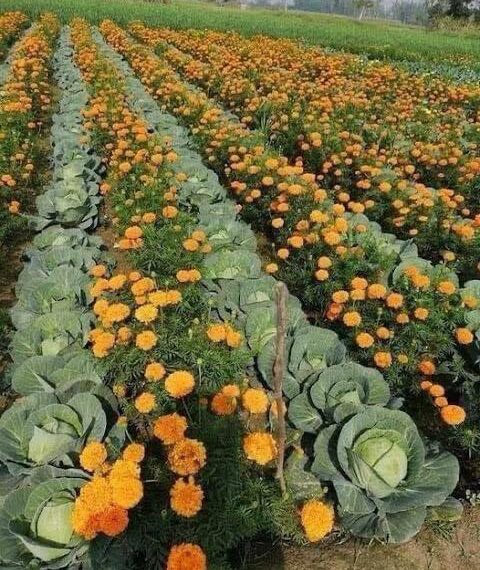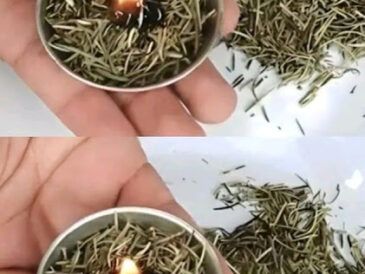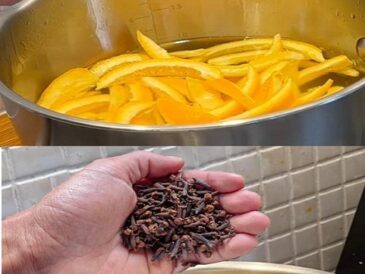6. Medicinal Calendula
Did you know that Medicinal Calendula is a part of the Marigold family? If you decide to add this species of Marigold to your garden, you can gain an immense amount of medicinal benefits from it as well as gardening ones.
Medicinal Calendula promotes health due to the herbs that it provides. It can drastically improve skin rashes, relieve eczema, heal wounds, remediate bedsores, and even reduce the appearance of varicose veins.
7. Marigolds Attract Butterflies to Your Garden
Butterflies are some of the most interesting and beautiful creatures on earth. Not only are butterflies fun to watch and admire, but they can also contribute to your vegetable garden too, such as promoting pollination and encouraging seed and fruit production.
The scent of marigolds is something that butterflies are attracted to, making them a perfect candidate if you want to add colorful wings to your garden.
8. They May Repel Certain Pests
There are all sorts of claims out there for the pests that marigolds repel when planted in your vegetable garden.
Claims that marigolds can repel deer or rabbits are, unfortunately, completely unfounded. These flowers will not keep either of these animals out of your vegetable garden.
There is, however, some evidence to suggest that marigolds may be at least partially successful in repelling certain pests – such as cabbage moths and Mexican bean beetles. And scientists have determined that marigolds secretion of limonene can help (at least a little) in repelling whiteflies.
9. They Can Also Be Dried To Create Longer Lasting Arrangements
Marigolds are also a flower that is suitable for drying.
To dry your marigolds, you can use a number of different methods.
The easiest method is simply to hang bunches of the flowers to dry in a warm and low humidity area. The area should have good air circulation and be out of direct sunlight. Then simply leave your marigolds to dry there, undisturbed, for 2-4 weeks.
You can use dried marigolds in a range of decorative ways around your home.
You can also dry and store the petals for making marigold tea. A tea made from marigolds has a mild, rather bland flavour but gives good colour. Marigold petals are therefore often mixed with other botanicals, like mint, for example.
10. You Can Chop and Drop Marigolds You Don’t Harvest To Feed the Soil
Finally, you can also chop and drop your marigolds at the end of the growing season to add organic matter to the growing areas.
There is some evidence to suggest that this may help to reduce nematode issues. It may not kill the nematodes themselves after the living plants are felled. But it is believed that the increase in organic matter will promote populations of beneficial soil life that will help to keep negative nematode numbers down.




